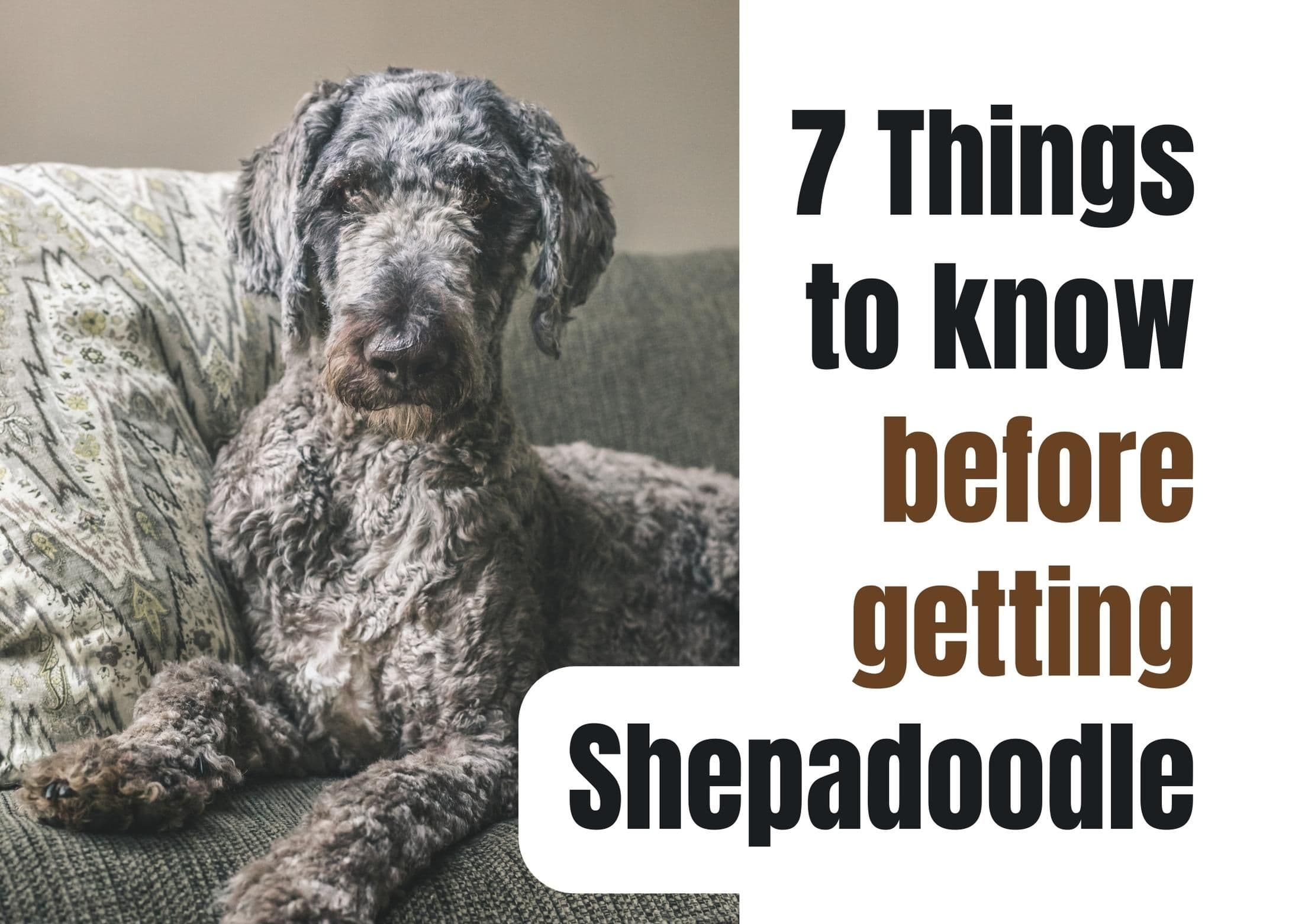Seven Key Facts About the Shepadoodle

Thinking about bringing a Shepadoodle into your life? As someone who’s spent years around both Poodles and German Shepherds, let me tell you — this mix is no joke. The Shepadoodle is a big, active, smart dog that can be an amazing companion... if you’re ready for the challenge.
Here’s what you really need to know before jumping in.
First off: Shepadoodles are big dogs with big energy.
Don’t let the “-oodle” fool you. This isn’t a dainty lap pup. A full-grown Shepadoodle can weigh between 60–90 pounds and stand up to 28 inches tall. That’s a lot of dog — and they move like it too. These pups need space to stretch out and run. A small apartment won’t cut it unless you’re extremely committed to daily exercise.
I’m talking two solid walks a day (an hour each), plus playtime in a secure backyard if you’ve got one. Add to that weekend hikes or swims, and you’ve got yourself a full-time adventure buddy. Bonus: they’re great jogging partners.
Grooming needs? Yep, you’ll be brushing. Often.
The Shepadoodle’s coat can land anywhere between curly and low-shedding (like a Poodle) to straight and heavy-shedding (like a German Shepherd). Most fall somewhere in the middle — slightly curly, medium-length fur that sheds a bit.
Either way, brushing a few times a week (if not daily) is a must. Curly coats can mat fast, and the thicker double coats can take over your furniture if you’re not on top of it. Regular baths and grooming appointments help too.
This mix is smart — like, scary smart.
Both Poodles and German Shepherds are among the most intelligent dog breeds, so their offspring? Total brainiacs. That’s amazing for training — they can learn commands quickly and even complex tricks — but it also means they get bored fast.
Mental stimulation is just as important as physical exercise. Puzzle toys, scent games, agility training, and obedience work are all things your Shepadoodle will thrive on. Without enough to do, they can get destructive, anxious, or just plain stubborn.
They’re social butterflies (with the right start).
Most Shepadoodles are friendly, affectionate, and outgoing. They bond closely with their people and usually love meeting new friends — human or canine. Early socialization is key here. If you expose them to different people, places, and other animals as puppies, you’ll end up with a confident, well-adjusted adult dog.
One note: their prey drive can be strong, especially from the Shepherd side. So if you have cats or small pets, introduce them carefully and supervise interactions, especially in the beginning.
Health-wise, do your homework.
Mixing breeds can help reduce the risk of inherited problems, but it’s not a magic fix. Shepadoodles can still face issues like hip dysplasia, degenerative myelopathy, bloat, and eye conditions like PRA.
Ask for health clearances from the breeder — not just for the puppy, but for both parent dogs. A responsible breeder will happily provide them and let you meet the parents too. If you’re adopting from a rescue (which we love!), request a full health check and be aware of any known medical history.
Is the Shepadoodle right for you?
This isn’t a low-maintenance dog. They’re big, energetic, and need a lot of your time — both physically and emotionally. But if you’re an active person or family who loves the idea of a smart, loyal companion who can keep up with your lifestyle, a Shepadoodle might just be the perfect fit.
They’re not for everyone, but in the right home? They’re incredible.
Got questions about life with a big active pup like this? Drop us a note — we’ve been there and are always happy to share what worked (and what didn’t).
